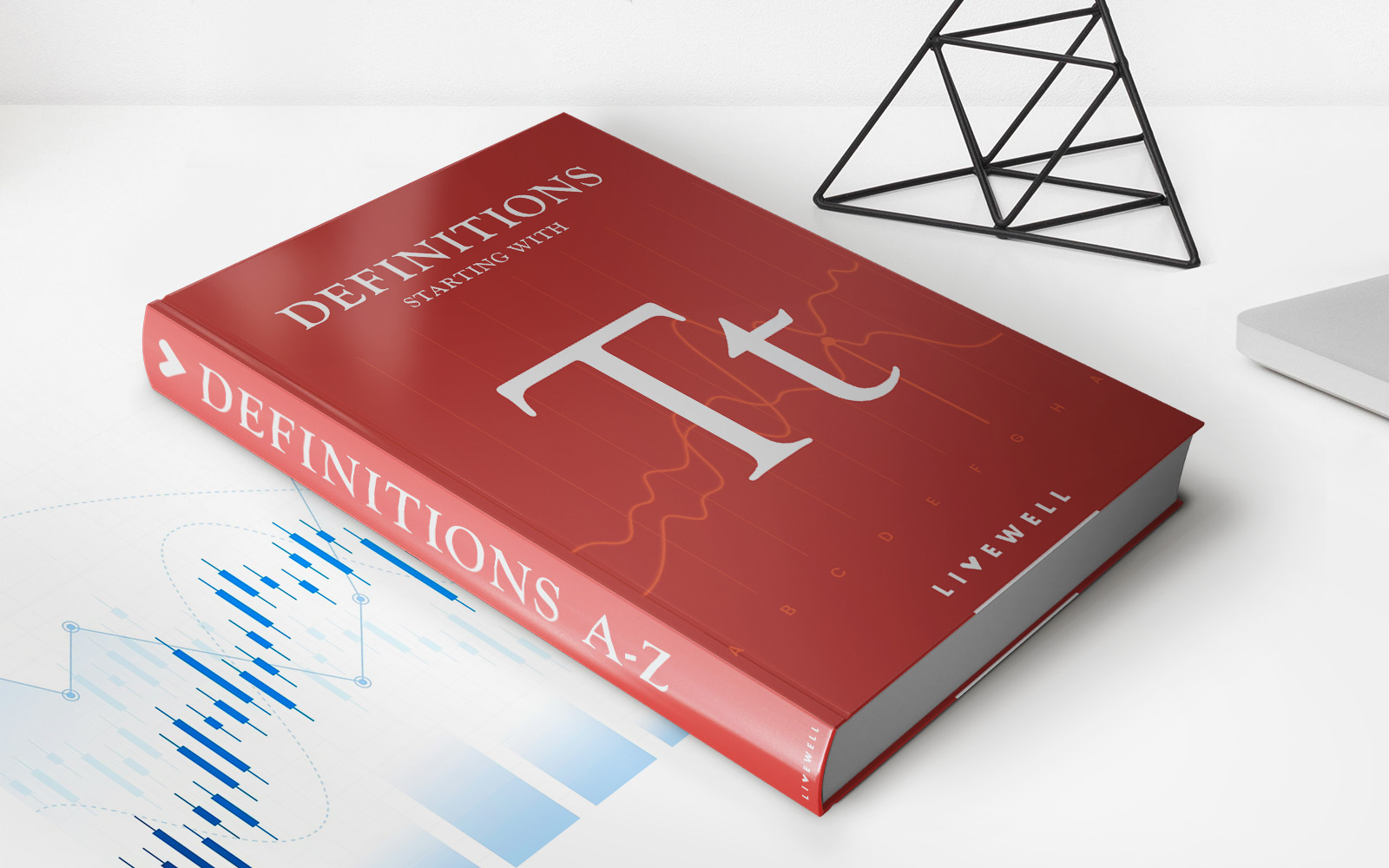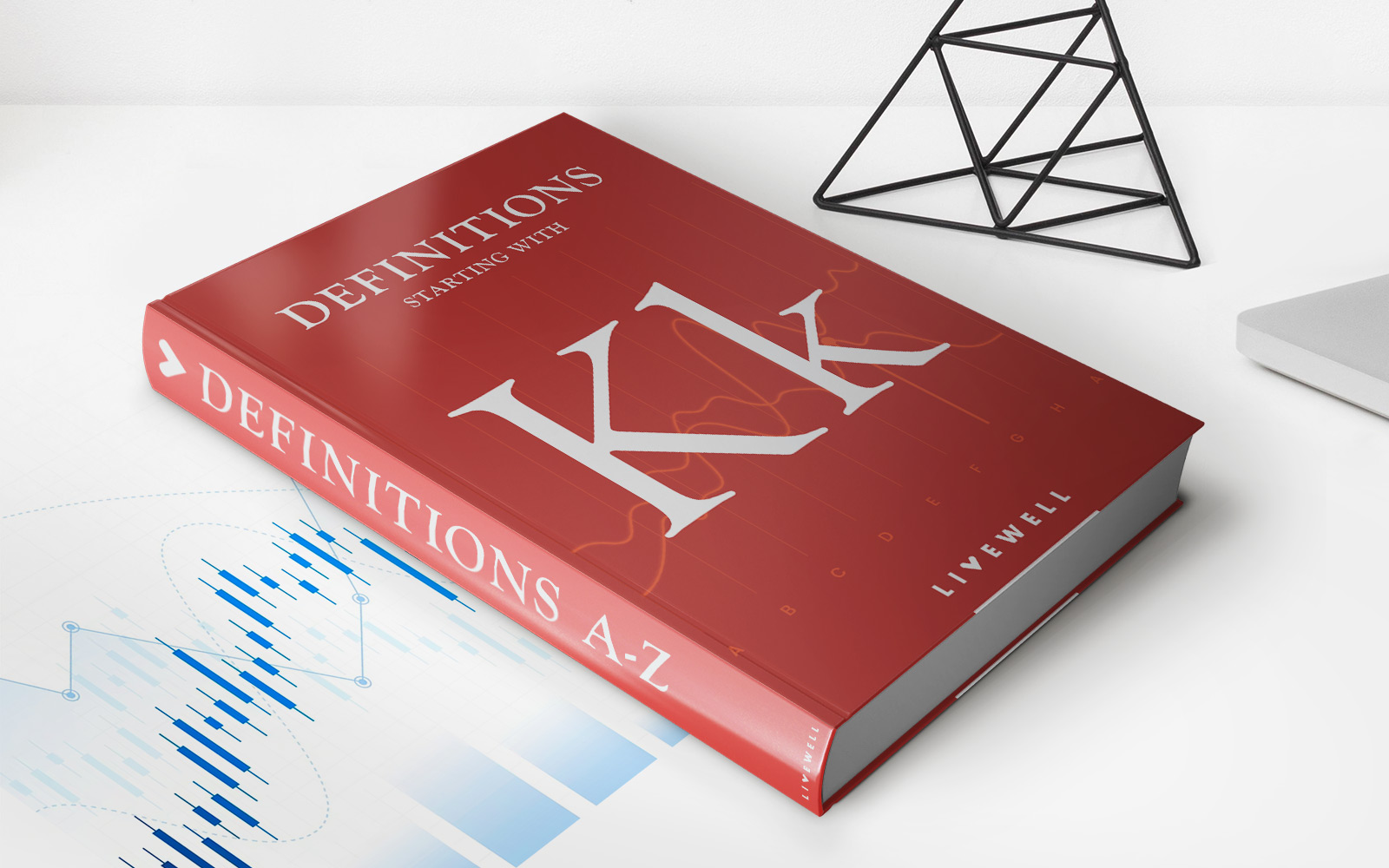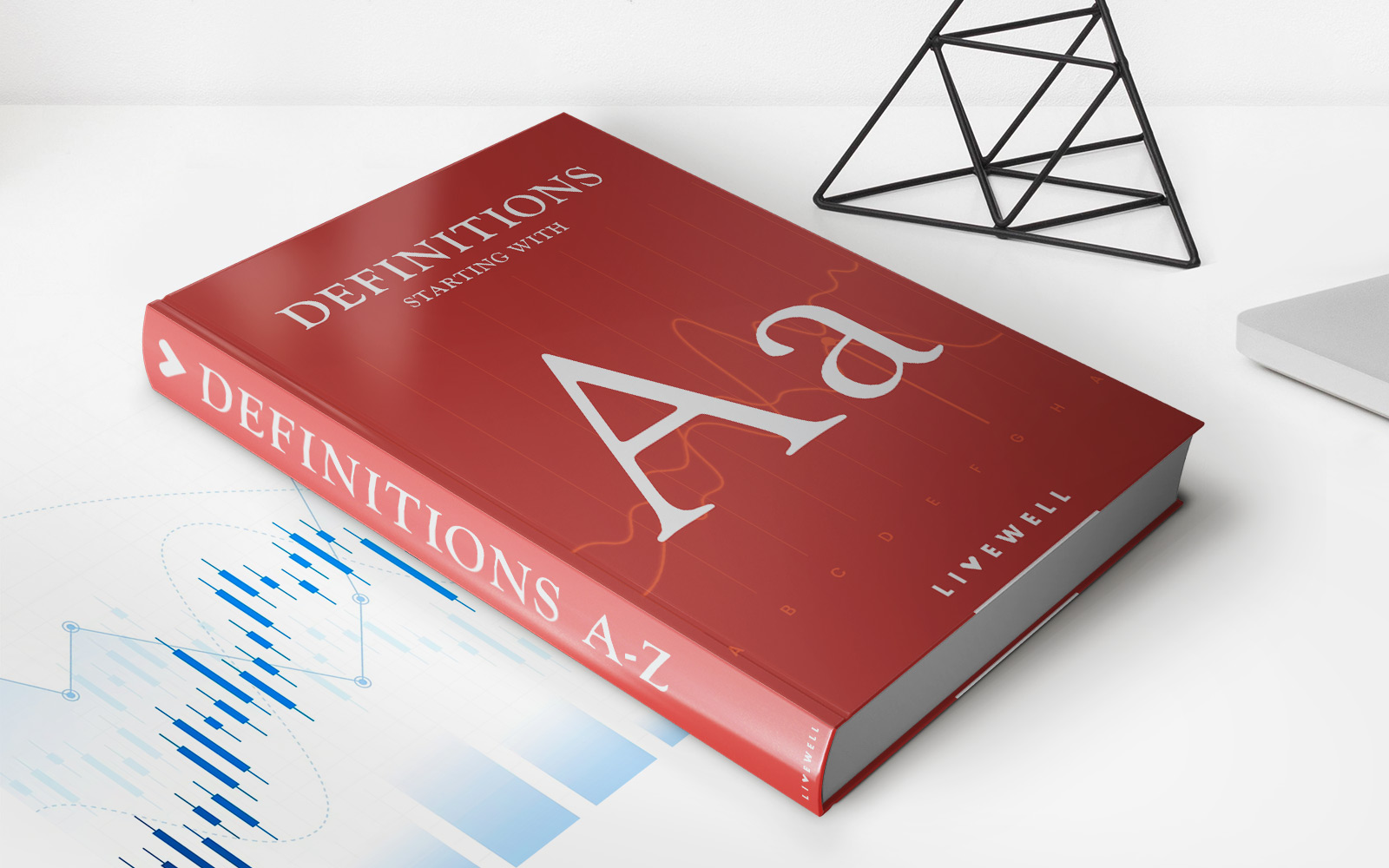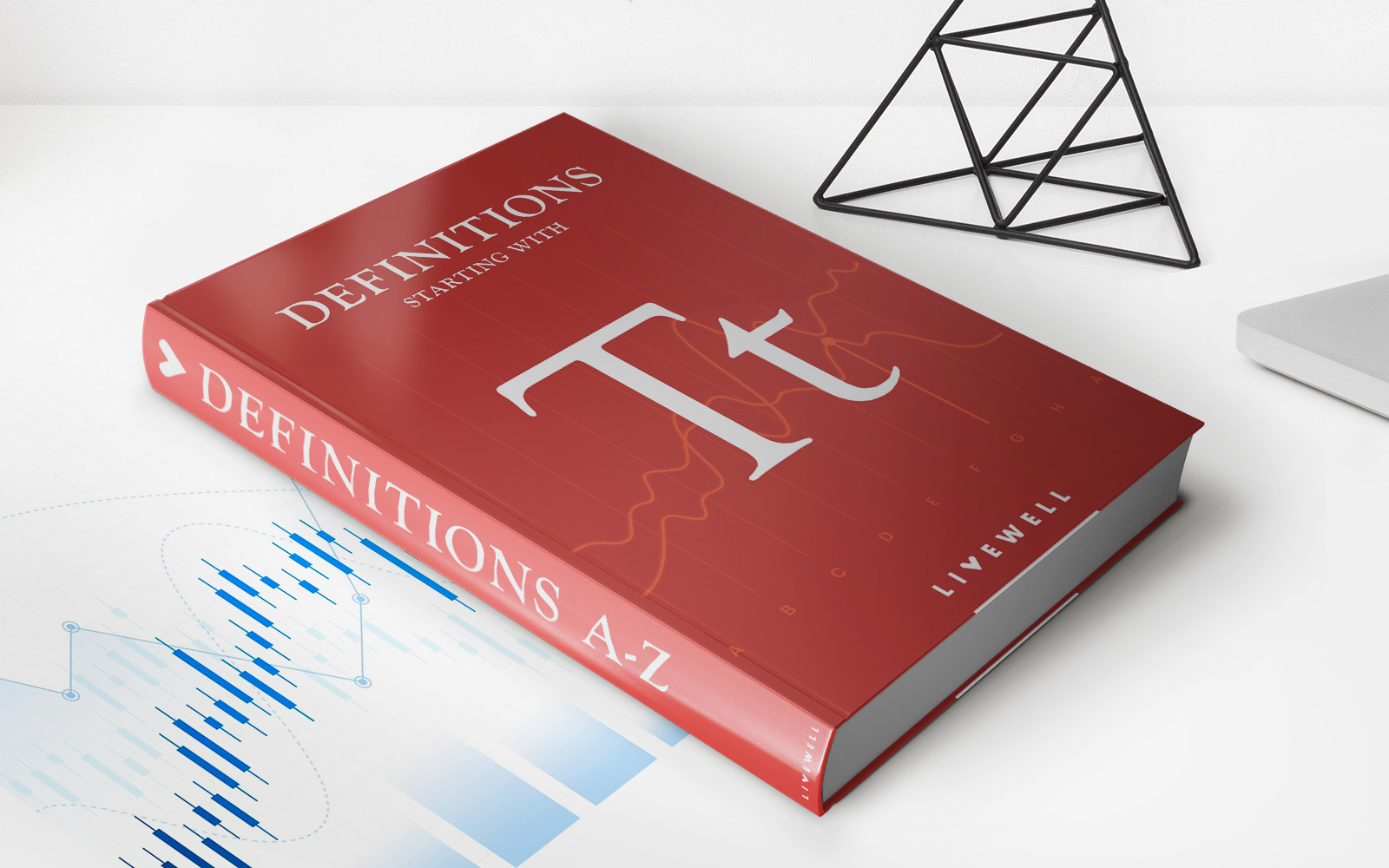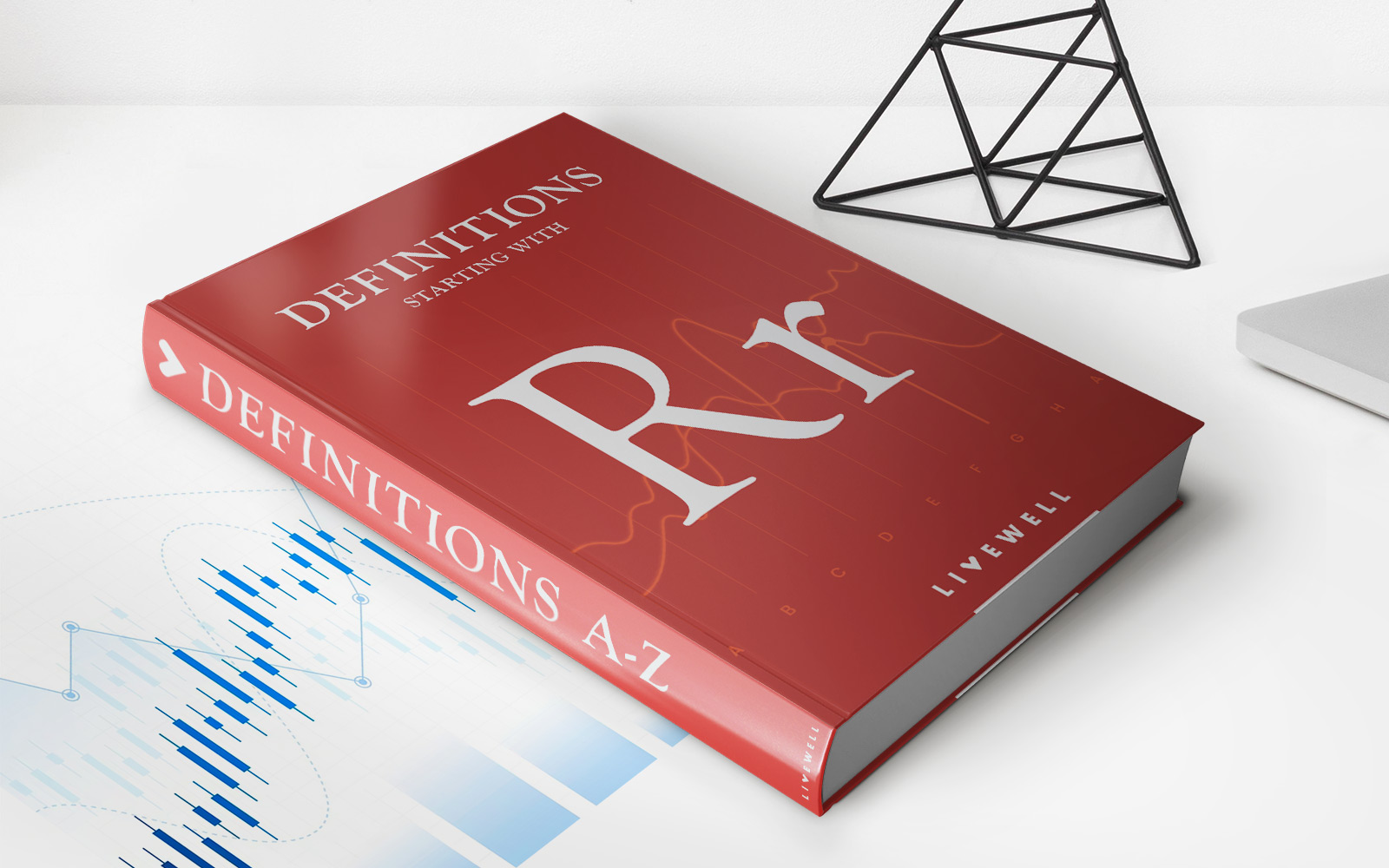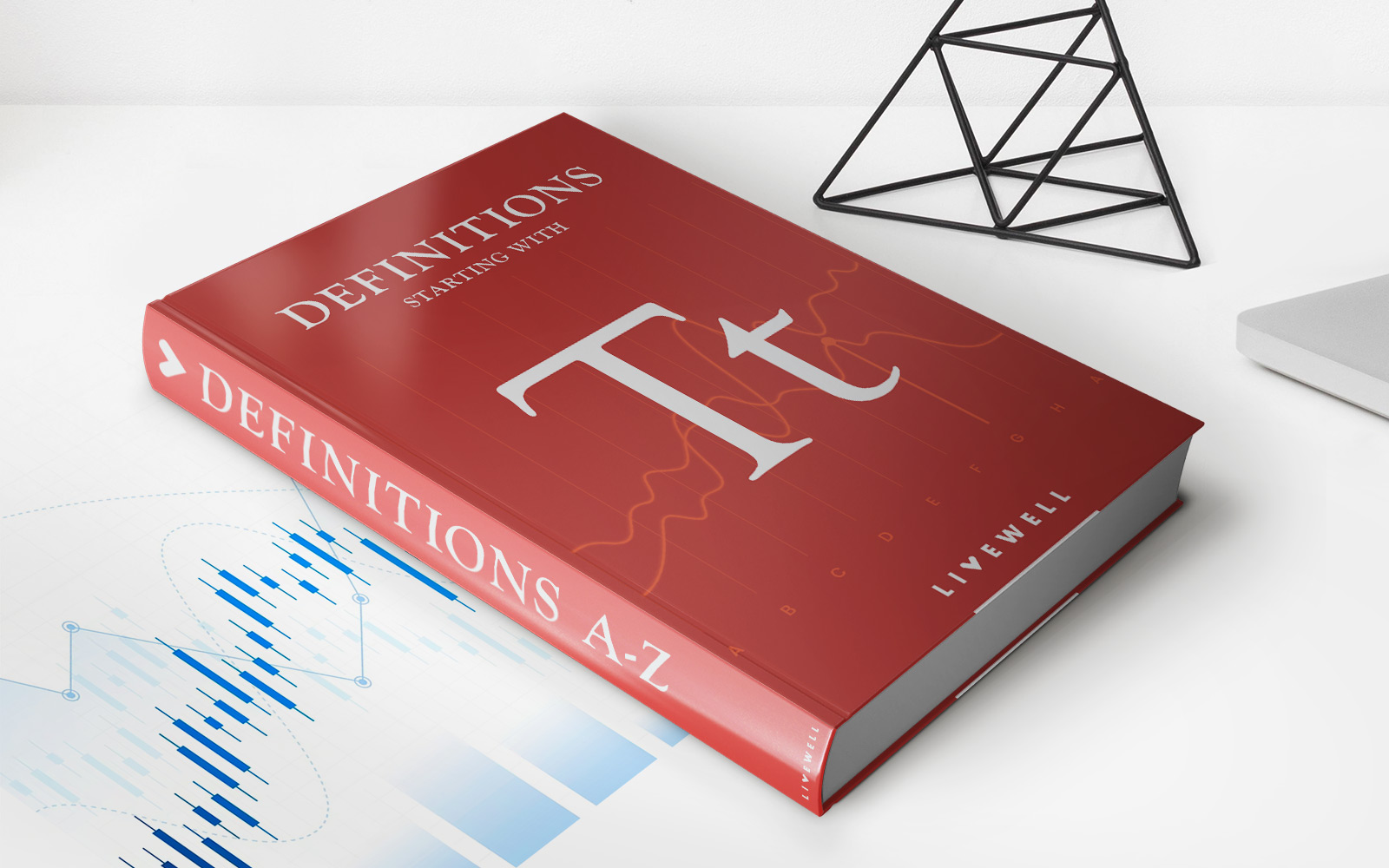

Finance
Trade-or-Fade Rule Definition
Published: February 10, 2024
Discover the meaning of the trade-or-fade rule in finance and how it impacts your financial decisions. Stay informed and make smart choices in managing your money.
(Many of the links in this article redirect to a specific reviewed product. Your purchase of these products through affiliate links helps to generate commission for LiveWell, at no extra cost. Learn more)
Trade-or-Fade Rule Definition: What Every Investor Needs to Know
Welcome to the Finance category of our blog! Today, we’re diving into an important concept that can greatly influence your investment decisions: the Trade-or-Fade Rule. In this article, we’ll define what the Trade-or-Fade Rule is, how it works, and why it’s crucial for every investor to understand. So, let’s get started!
Key Takeaways
- The Trade-or-Fade Rule is a principle followed by many successful investors to determine whether to stay invested in a position or to exit it.
- It involves setting predefined criteria, such as the price of the investment and its underlying fundamentals, to make informed decisions about buying or selling.
First things first, let’s answer the most pressing question: What is the Trade-or-Fade Rule? Essentially, it is a guideline followed by seasoned investors that helps them determine whether to continue holding a position or to sell and exit it. The rule is based on predefined criteria and signals, which help investors make wise decisions in the face of market volatility and changing conditions.
So how does the Trade-or-Fade Rule work? Let’s break it down into three simple steps:
- Evaluate the Price: When considering whether to hold or sell an investment, investors should carefully assess its price. If the investment has reached a predetermined target price or valuation, it may be a signal to sell.
- Analyze the Fundamentals: Apart from the current price, investors should also evaluate the underlying fundamentals of the investment. Factors such as earnings growth, market trends, and the company’s financial health play a crucial role in determining whether to continue holding or to sell.
- React to Signals: As markets fluctuate, certain signals can indicate a need for action. These signals can come from technical indicators, market news, or changes in the investment landscape. Knowing when to react and make necessary adjustments is key to successfully implementing the Trade-or-Fade Rule.
It’s important to note that the Trade-or-Fade Rule is not a guarantee of success, nor does it guarantee market timing perfection. However, it provides a framework for disciplined decision-making and risk management.
Now that we have a better understanding of what the Trade-or-Fade Rule is and how it works, let’s delve into why it’s crucial for every investor to understand and apply it:
Why is the Trade-or-Fade Rule Important for Investors?
1. Risk Management: By following the Trade-or-Fade Rule, investors prioritize risk management. Selling positions that no longer meet the predefined criteria helps limit losses and protects against potential downturns in the market.
2. Discipline and Consistency: Emotions can greatly influence investment decisions, often leading to irrational behaviors. The Trade-or-Fade Rule provides a systematic approach that helps investors remain disciplined and consistent in their actions, regardless of short-term market fluctuations.
So, whether you’re a seasoned investor or just starting out, understanding and implementing the Trade-or-Fade Rule can significantly enhance your investment decision-making process. Remember, it’s all about evaluating the price, analyzing the fundamentals, and reacting to signals in a disciplined manner.
Stay tuned for more insightful articles in the Finance category of our blog. Happy investing!

